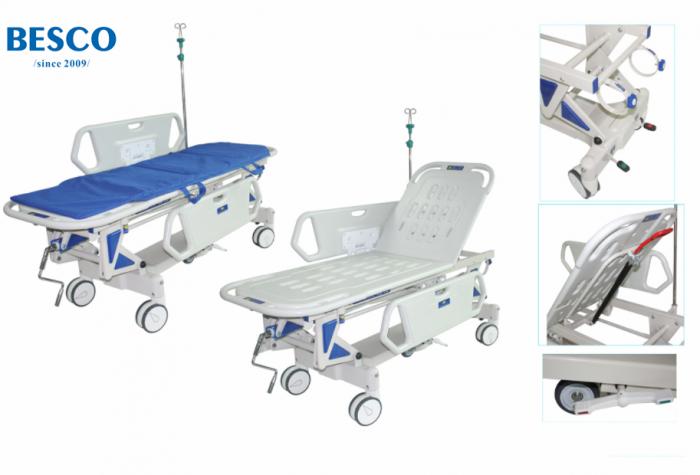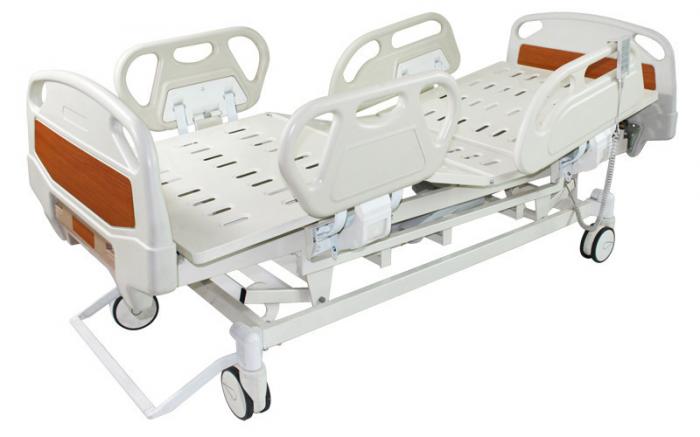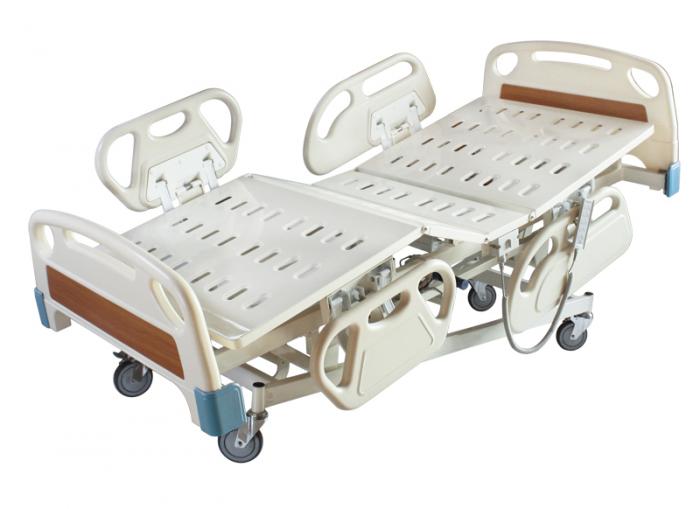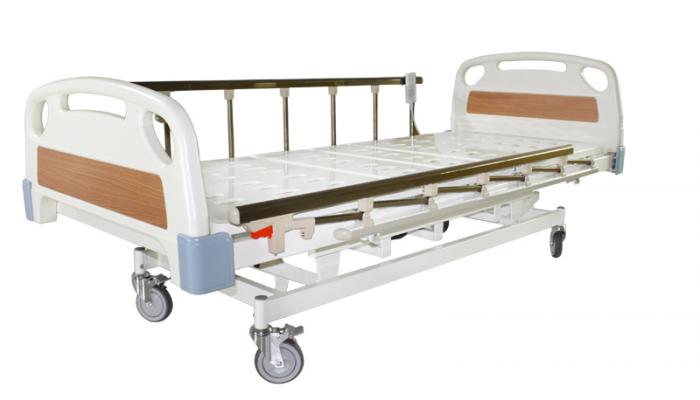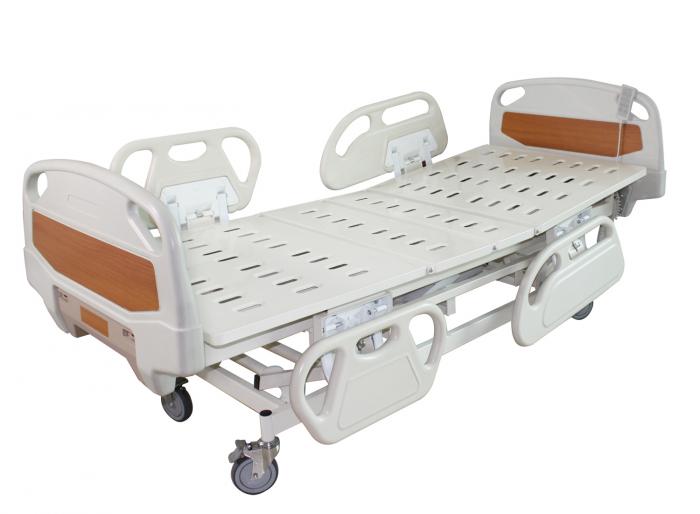| Name: | Transfer Stretcher |
|---|---|
| Model No.: | BES-HB066 |
| BRAND: | BESCO |
| Product Name: | Transfer Stretcher,Transfer Trolley |
| Keywords: | Transfer Stretcher,Transport Stretcher,Transfer Trolley |
| LEAD TIME: | 30 days |
| Weight Capacity: | 200 kgs |
| MOQ: | 10 units |
| SAMPLES: | available |
| Payment Term: | T/T in advance |
| Country of Original: | China |
| Stock: | Available |
| Factory Address: | Changyuan,China |
| Office: | Zhengzhou,China |
Products Description
Height-adjustable Manual Emergency and Transfer Stretchers
Function:
Back-rest tilting is 0~80º.Height adjustment is 570~860mm.
Standard accessory:
PE plastic side rails,central lick system,IV pole,directional castor.
Application:
Used for the patient transferred,rescued and nursed.Matched with central lock system and directional castor,which help users to control the stretcher easier.
| Dimension | L1930*W640*H570~860mm |
| Material | Steel frame, PE plastic side rails |
| Back-rest adjustment angle | 0-60º |
| Height adjustment range | 570~860mm |
 Transfer Stretcher.png"/>
Transfer Stretcher.png"/>
A transfer stretcher, also known as a patient transfer stretcher, is a medical device used to safely move patients between different locations, such as from a bed to an exam table or wheelchair. These stretchers are designed for efficient and secure patient transport within healthcare facilities, emergency situations, and even during home care.
Here's a more detailed look:
Key Features and Uses:
Purpose: Primarily used for transferring patients in a supine position, especially in emergency departments, trauma centers, and post-anesthesia care units.
Design: Often lightweight and easy to maneuver with wheels for quick transport.
Safety: Designed to ensure patient safety during transport with features like secure straps, reinforced sides, and adjustable backrests.
Applications: Hospitals, ambulances, emergency rooms, disaster scenes, and even home care settings where patients may require assistance with mobility.
Examples: Moving patients from beds to exam tables, wheelchairs, or gurneys.
Emergency Use: Essential in emergency situations like first aid scenarios, ambulance services, and disaster response.
Types of Transfer Stretchers:
Transport Stretchers: Designed for general patient transport within healthcare facilities.
Emergency Stretchers: Equipped for quick deployment and additional safety features for urgent situations.
Functional Emergency Stretchers: Combine stretcher features with additional functionality like adjustable backrests and medical supply storage.
Trauma Stretchers: Designed for transport, treatment, and recovery of patients in healthcare facilities, often with full-length X-ray capabilities.
Fluoroscopy Stretchers: Specifically designed for use with C-Arms in fluoroscopy procedures.
Benefits of using a Transfer Stretcher:
Enhanced Safety: Reduces the risk of injury to both patients and caregivers.
Efficient Patient Movement: Facilitates quick and safe transport between different locations within a healthcare facility.
Versatility: Can be used in a wide range of settings and situations.
Improved Patient Care: Allows medical personnel to provide continuous monitoring and care during transport.
How to use the transfer stretcher?
To use a transfer stretcher, you'll need to first prepare both the stretcher and the patient's current surface (bed or chair). Then, with the help of at least one other person, you'll carefully transfer the patient onto the stretcher, using a slide board or sheet if needed. Finally, secure the patient on the stretcher and prepare for transport.
Here's a more detailed breakdown:
1. Preparation:
Positioning:
Align the stretcher parallel to the patient's bed or chair, ensuring the tops of both surfaces are aligned.
Locking:
Engage the brakes on both the stretcher and the bed/chair to prevent movement during the transfer.
Lowering:
If using a bed, lower it to a height that is slightly lower than the stretcher to facilitate the transfer.
Slide Board/Sheet:
If the patient needs assistance with the transfer, position a slide board or slide sheet under the patient's body, ensuring it's under the sheet and supporting the patient's weight.
2. Transfer:
Rolling:
If the patient can assist, have them roll towards the edge of the bed/chair, or gently assist them using a draw sheet or draw pad.
Sliding:
On the count of three, with the help of your assistants, slide the patient onto the stretcher using the slide board or sheet.
Securing:
Once the patient is on the stretcher, remove the slide board/sheet and reposition the patient for comfort.
Securing the Patient:
If required, secure the patient with straps or restraints provided on the stretcher.
3. Transport:
Raise Rails: If available, raise the guard rails on the stretcher.
Adjust Height: Adjust the stretcher height as needed for the transport environment.
Release Brakes: Release the brakes on the stretcher and prepare for transport.
